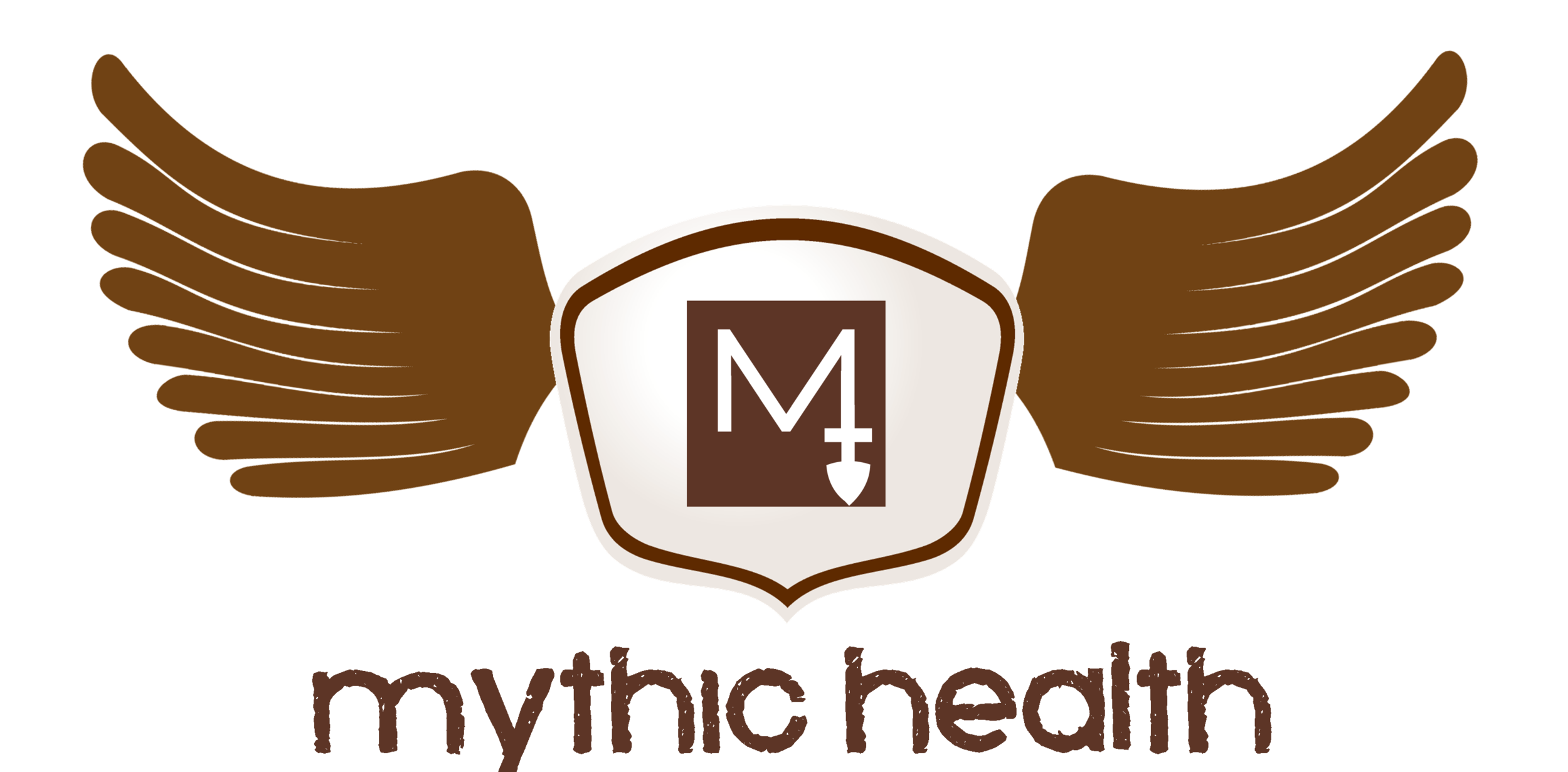Rotator Cuff Muscles:
- Supraspinatus
- Infraspinatus
- Teres Minor
- Subscapularis
"SITS" is the common acronym for rotator cuff muscles. The "cuff" muscles reinforce and attach to the joint capsule of the shoulder.
Scapula, Clavicle (collar bone), and Humerus (upper arm)... These segments of your shoulder move your hand in space and are amongst the most critical movements we make. From a surgeon's complex movements to a pitcher's fastball-- the Shoulder is the Foundation.
The scapula sits on your back approximately between your second and seventh ribs. Just as your shoulder moves in every plane, so too does movement at your scapula. As your scapula: pivots up and down, side to side, forward and back, and in complicated combinations of these motions, that movement is linked to the humerus via the Rotator Cuff muscles. Or conversely, you can think of the scapula as the foundation for shoulder movement with your Rotator Cuff muscles as the links to your upper arm.
This is important to understand because dysfunction along this intrinsic muscle chain is where typical problems are spawned. "Scapular winging" and "Scapular Tipping" are terms often associated with the inability of the scapular muscles to effectively hold the scapula toward the ribcage as desired. Scapular motion orients the upper arm and ensures proper contact at the shoulder joint (glenoid, GH, glenohumeral joint).
Mobility and stability of the shoulder and its joint respectively by way of the rotator cuff muscles is a dynamic complex process. The dysfunction known as a "winging scapula" is displacement or "jutting out" backward of the scapula due to weaknesses of the scapula stabilizing muscles. Physical Therapy for strengthening the scapula muscles is a common occurrence.
While the deltoid is the most notable muscle in the shoulder, it is "force coupled" with the intrinsic rotator cuff muscles essentially performing a "balancing act". When this "force couple" is skewed, dysfunction ensues. The deltoid translates the shoulder upward as the cuff muscles pull down and inward. If this upward force is not tamed by the rotator cuff muscles, the humeral head will translate upward causing shoulder impingement of the supraspinatus tendon at the acromioclavicular joint. The acromioclavicular joint is essentially the end of the your "collar bone" also known as the AC joint. The AC joint can narrow and you will often see shoulder surgeon's give the acromion a "shave" while they are performing surgery to increase the space at this joint allowing the supraspinatus more breathing room.
You can see, rotator cuff strengthening and stabilizing is essential to prevent shoulder joint dysfunction and ensuing shoulder problems and shoulder pain. When arms are elevated, as a teacher writing on a chalkboard, the bursa (soft tissue sacs or cushions) of the supraspinatus tendon (which is poorly supplied with blood) receives high loads. Over time, these bursa and the supraspinatus tendon become inflamed. Chronic inflammation unaddressed leads to catastrophe. The supraspintaus tendon shows degeneration over time and its degradation correlates to shoulder pain as we age.
It has been said that almost all of us will show rotator cuff tears by age 70. They may be hidden but they are likely there. So with that in mind, it is best to think of your shoulder as a steamshovel or crane. A workhorse with amazing maneuverability and power able to accomplish incredible feats. But even the best machines need servicing, maintenance, and lubrication. Think of proper exercise, stretching, proper nutrition, and physical therapy as the servicing your shoulder needs throughout life. These things ensure that your shoulder muscles are strong, balanced, and getting the proper "oil" they need to perform well into our senior years without injury and pain.
Credit: Webmd
